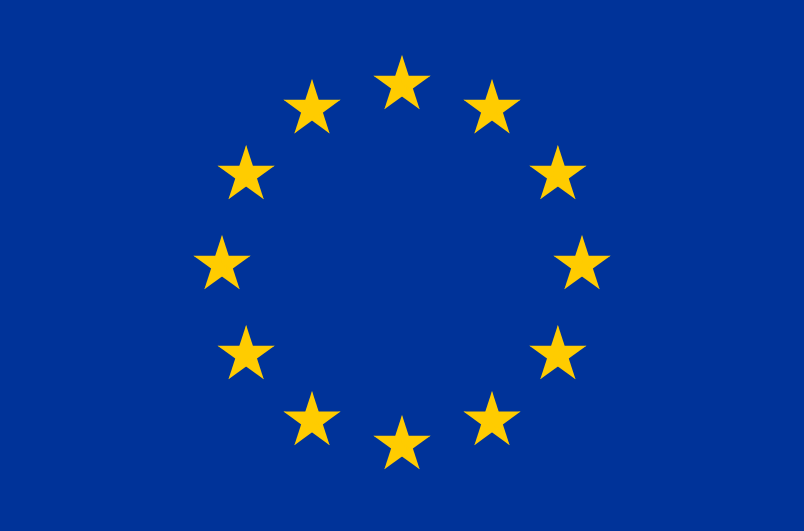
What is a planetary conjunction?
A conjunction is an astronomical event that occurs when two stars have a very small apparent distance between them when they are observed from Earth. The conjunctions occur between the planets, the Moon and the Sun, because they are objects that gradually change their position in the sky, either by their own movement or by the movement of the Earth. Conjunctions are relatively frequent phenomena because all objects in the Solar System follow movements apparently along a line in the sky, the same for all, which we call "ecliptic." This is because all the planets and objects in the Solar System are approximately in one plane, as a consequence of their formation process, about 4,500 million years ago, when the nebula of dust and gas that gave us origin contracted by gravity. In the case of planetary conjunctions it is necessary that the Earth and the two planets that are part of the conjunction are aligned.
Does the fact that they look very close together in the sky mean that they also get closer to each other?
No. The approximation between objects in conjunction is a visual phenomenon and does not imply that both objects are close to each other. In this conjunction the physical distance between Jupiter and Saturn reached its minimum distance on October 12, 2020, with a separation of almost 730 million kilometers. However, the greatest visual proximity between the two planets will occur on December 21. This is because not only the movements of Jupiter and Saturn come into play, but also the translational movement of the Earth and its alignment with the other two planets.
When was this conjunction last seen, and when will it be seen again?
The conjunction between Jupiter and Saturn is periodic, and occurs approximately every 20 years. However, the last time there was a chance to see such a close conjunction between the two planets was in 1623. To see a conjunction at such a short distance again, we will have to wait until 2080.
- relative positions from December 15 to December 27 -
How can I observe the conjunction?
Jupiter and Saturn are bright planets that can be seen as bright stars without the need for optical instruments. The days leading up to December 21, the two planets can be observed with the naked eye in a very close position in the sky. On December 21 it will be convenient to use binoculars to distinguish them from each other. If you have a simple telescope, you will be able to distinguish, in addition to the planets, the rings of Saturn and the largest of the moons of both planets.
Where do I have to look?
The conjunction between Jupiter and Saturn will be visible at dusk with both objects at elevations of about 20 degrees above the horizon at the beginning of the night. Looking west, both planets can be seen as two very close bright stars or a single, very bright point. With binoculars, the distance between both objects will be observed well and some of their satellites can be seen.
And if it's cloudy, will I be able to see it before or after December 21?
Yes, the conjunction can be observed the days before and after, although the distance between Jupiter and Saturn will not be so small. In any case, if atmospheric conditions do not allow us to observe the conjunction from our location, we can resort to online observation of the event. For this, from this same page we will facilitate the transmission of the conjunction from different professional and amateur observatories.
I am Pisces, can this planetary alignment affect me in any way?
Yes. If you observe the conjunction with binoculars you will see how celestial mechanics works live, and you will see in detail this special and beautiful event that astronomy gives us. You will also observe that the firmament is already wonderful enough that it is totally unnecessary to invent or believe in unfounded astrological ideas. It also works if you are a Sagittarius.
- links of interest
- NAUKAS: "La gran conjunción del 21 de diciembre de 2020" - (por Manu Arregi)
- Desde el Tercer Planeta: "Una conjunción histórica" - (por Esteban Esteban)
- "Get ready for the 'Great Conjunction' of Jupiter and Saturn" - (space.com)
- "Before 2020 ends, a great conjunction of Jupiter and Saturn" - (earth sky.org)
- "Jupiter and Saturn in 2020: The Great Conjunction" - (por Jeffrey L. Hunt)
- "The 2020 Jupiter – Saturn great conjunction: online observation – 21 Dec. 2020" - (The Virtual Telescope Project 2.0)
- "Here’s when Jupiter and Saturn’s ‘Great Conjunction’ will happen this year" - (indianexpress.com)
- "How to View the Great Conjunction of Jupiter and Saturn" - Matthew R. Bate, University of Exeter, UK





